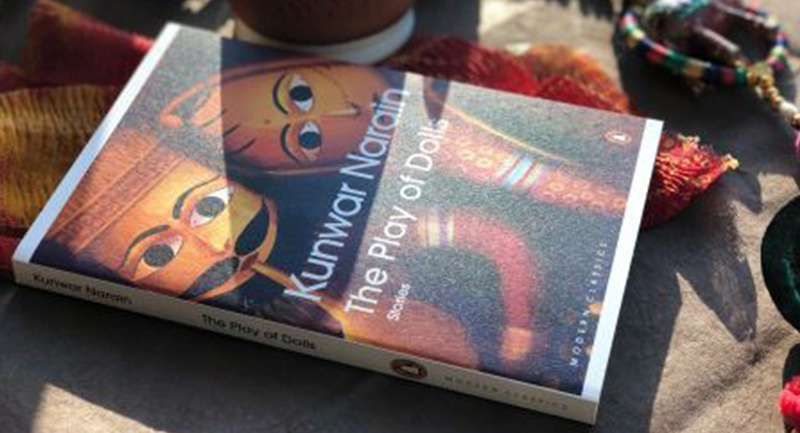
Is India in a position to focus on its foreign policy, or does it have more pressing domestic matters at hand? In this excerpt from his book Flying Blind, Mohamed Zeeshan takes a look at the relationship between India and South Asia.
~
Welcome to the world’s most fearsome neighbourhood. It hosts two nuclear-armed residents, has seen civil wars in at least three countries, and houses the world’s oldest, earliest and longest- running United Nations military observer mission. There is a third nuclear power just outside the door, and one of those civil wars ran for as long as three decades. All this is while discounting other nearby countries (hint: Afghanistan) which have been ravaged by multilateral fighting and terrorism for decades.
South Asian countries rarely contain problems within their own borders. Over the years, the region has witnessed cross-border military action on numerous occasions on multiple fronts—from Afghanistan in the north-west to Sri Lanka in the south-east. Domestic troubles often have region-wide implications—and civil wars in one country have killed prime ministers in another. Domestic political interests in provinces of India have often compromised deals and agreements with neighbours. In 2011, India and Bangladesh tried to sign a water-sharing agreement, in a bid to put an end to the long-running dispute over the Teesta River that flows across the two countries. The deal was quickly thwarted by opposition from the state of West Bengal.

Flying Blind
Mohamed Zeeshan
Such difficulties have led South Asia to become the least integrated region in the world. In his 1914 poem titled ‘Mending Wall’, Robert Frost wrote, ‘Good fences make good neighbours.’ South Asia took him seriously. South Asia is one of the world’s fastest-growing regional economies, but that is not because of ties among its members: Trade between South Asian countries is a negligible 5 per cent of the total trade conducted by all South Asian countries (it was 3 per cent in 1990)—and represents just 2 per cent of South Asian GDP. Compare all this with the Association of South East Asian Nations (ASEAN) in South East Asia: Trade within that region is a healthy 25 per cent of all trade by ASEAN countries—and represents more than 20 per cent of ASEAN GDP. With nearly all intra-ASEAN tariffs eliminated, trade grew from $68.7 billion in 1995 to $257 billion in 2017, according to the Asian Development Bank.
But this sort of heavy fencing makes South Asia a problem for India; indeed, it is so critical a problem that New Delhi’s plans for global leadership will fall flat if India does not win support in South Asia. Consider this the veto vote over Indian leadership. No global power ever rises if it is constantly putting out fires in its neighbourhood. And the bad news is that it is much easier for India to take action and gain influence as far as Nicaragua or New Zealand than it is to win over its neighbours.
In recent years, South Asia has increasingly become a distraction for India while it seeks to spread its reach further afield in the world. For little gain to anybody in the region, New Delhi’s resources of strategic thinking have been drained disproportionately by intractable challenges in the neighbourhood. With every country, there is a headline dispute to which everything else is often held hostage: In Sri Lanka, it is the rights of the Tamil minority and Indian Tamil fishermen; in Nepal, it is the rights of the Madhesi tribes which populate the Terai plains; in Bangladesh and Pakistan, it is the partitions and their many associated headaches. In all countries, there is of course the big white elephant: Chinese interference to counter-balance Indian hegemony.
Indian diplomats are often frustrated that South Asia is not well-integrated. All large neighbours are always treated as threats by default anywhere in the world. But economic interests often help boost at least economic integration. This is what China has managed to do in East Asia and South East Asia, despite long- running animosity in those regions towards Beijing and even explosive ongoing disputes. The Philippines, for instance, welcomes in Chinese investment on its railroads and highways, even as it locks horns with Beijing in an international tribunal over the South China Sea. Yet, in South Asia, even economic ties are scorned at suspiciously.
~
Flying Blind is an essential read for anyone hoping to understand the multi-layered complexities of India, its relationship with the subcontinent, and its foreign policy.









